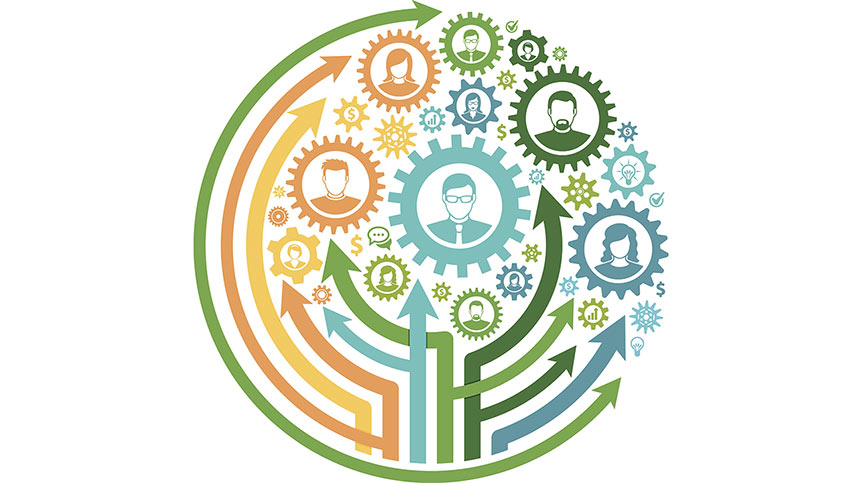Getting Experience to Lead
Where do leaders learn to lead? At CCL, we believe in using experience as a starting point.
Our Lessons of Experience research (involving 40 years and several countries in various regions around the world) has found that there are 15 types of experiences that can teach valuable leadership lessons. The ways you can get experience to lead are:
- Bosses and superiors. You experienced a leader as a positive (or as a negative) role model, coach, teacher, or catalyst who accelerated your development.
- Career setback. You experienced an unforeseen and unwanted block to your career progression caused by another person or event, such as being fired, being passed over for promotion, or being placed in a job that was a poor fit.
- Coursework and training. You took a leadership development program or training class that advanced your learning, growth, or career progress.
- Crisis. You experienced an unexpected, shocking event that you couldn’t fully control and that caused feelings of confusion or loss. Examples include a product recall, a personal scandal, a natural disaster, or a health epidemic.
- Cultural crossing. You had regular, direct contact with coworkers whose values, motivations, language, life routines, and social customs are different from yours, such as while leading a multicultural team.
- Difficult people. You worked with a boss, subordinates, or peers who provoked tension, resentment, or disputes due to different working styles, preferences, and opinions.
- Ethical dilemma. You observed fraudulent, illegal, or immoral behavior by a senior leader that was endured by a lower-level manager or directed toward you.
- Feedback and coaching. You have had job-related, formal or informal coaching conversations concerning specific situations, personal abilities, or traits, or you received advice about leading or managing.

Learn how your organization can use on-the-job experiences to enhance their leadership talent with this collection of best practices, tools, techniques, processes, and strategies.
- Horizontal move. You transitioned or were rotated into another function, business unit, organization, or industry sector where the work and work culture were different from what you were used to, and the move didn’t involve a promotion. (You still probably gained a broader perspective.)
- Increase in job scope. You experienced a significant increase in budget, in the number of people you managed, in access to resources, and in the complexity of tasks. These changes typically involved a promotion and an expansion of management responsibilities and visibility.
- Mistake. You experienced an error of judgment by a manager or coworkers that resulted in a team’s or the organization’s failure to meet its goals. Such mistakes could be technical, professional, ethical, or strategic — for example, a product malfunction, a poor hiring decision, a loss of credibility, or a collapsed venture — but regardless, provide a learning experience.
- New initiative. You built something entirely new by leveraging an opportunity to develop or launch a new product or service, adopt new technologies, craft a new policy or process, set up a plant or unit, enter a new market, embark on a new line of business, or create a new business.
- Personal experience. You have emotion-laden memories of times in your life when you formed values, sorted out your approach to challenges, or set out in a different direction. Examples include incidents in early life, youth leadership roles, family situations, early job experiences, spiritual encounters, personal traumas, and mid-life transitions.
- Stakeholder engagement. You experienced high-level interactions, typically with people outside of your organization, that called for reconciling competing points of view and working out solutions when you had little or no formal authority.
- Turnaround/fix-it. You fixed or stabilized a failing or underperforming business unit or organization. During the process, you achieved an increase in productivity and profitability by restructuring; downsizing; closing the unit, function, or operation; or implementing an organizational culture change.
Using this list of how managers gain experience to lead, you can reflect on what you’ve already experienced in your career to date, along with lessons learned from hardships and adversity you’ve faced, to glean leadership development from your experiences. Then, you can identify possible new experiences that you still need in order to rise to the next level or round out your perspective.
An intentional effort to gather experiences that help you learn to lead is key to using experience to fuel development and being an agile learner with career longevity.
Ready to Take the Next Step?
Incorporate our world-class leadership coursework and training to get your organization’s leaders more experience to lead. Partner with us for customized leadership development to help build critical leadership skills and competencies right for your unique context and culture.










